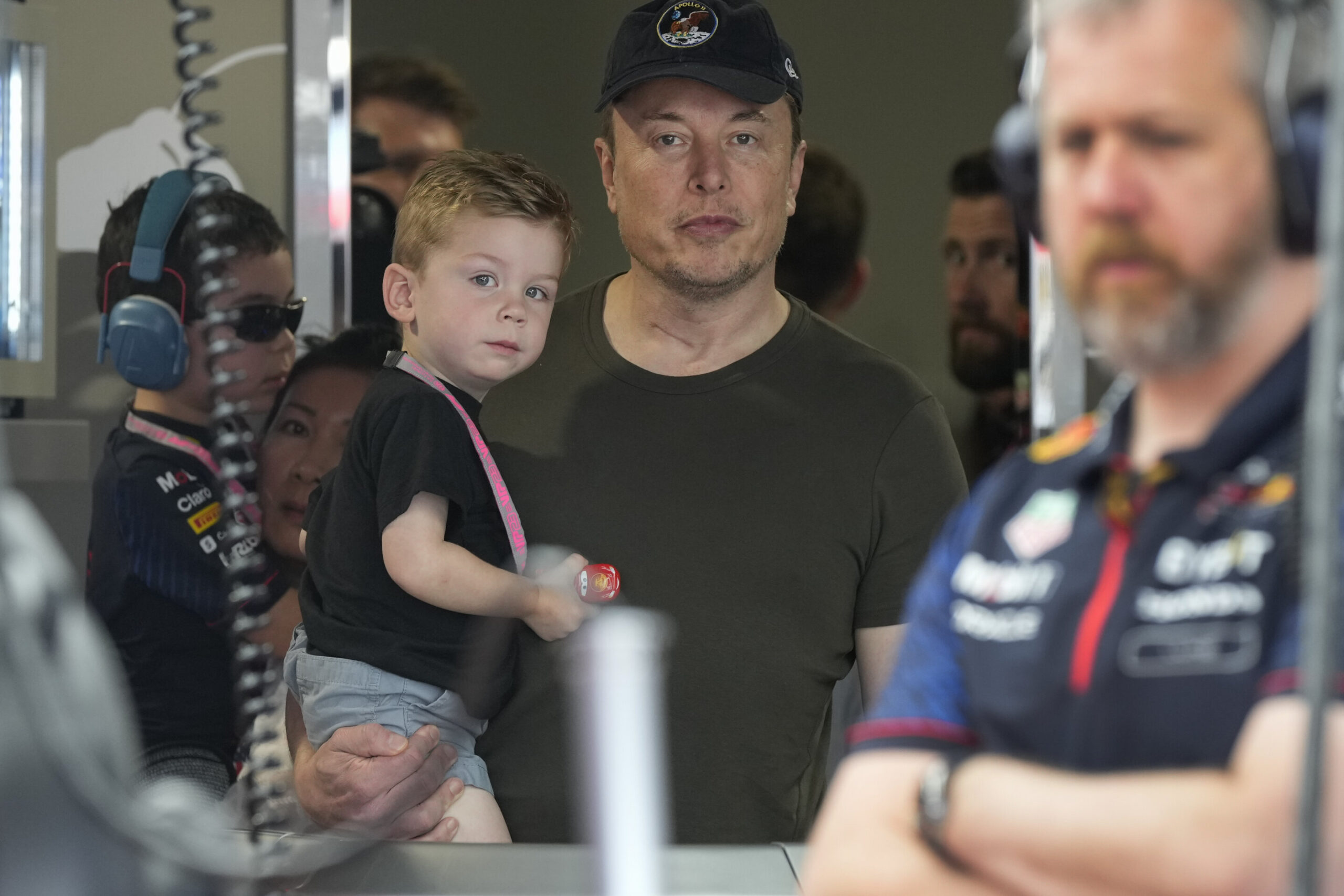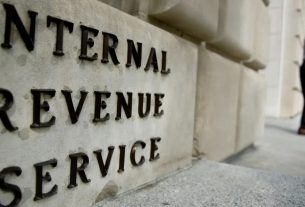Elon Musk’s bold $2 trillion proposal to cut government spending by next year raises important questions about the long-term ramifications of such drastic actions. While the plan promises short-term savings, the potential hidden costs—ranging from job losses to rising crime and social instability—could outweigh the immediate financial relief. Existing data and research on government cuts and layoffs suggest that the long-term consequences could be severe, especially for families, communities, and broader economic health.
Impact on Joblessness and Family Stability
The primary immediate effect of these spending cuts will be mass layoffs. Government employees—many of whom are key workers in sectors such as healthcare, education, and social services—will be disproportionately affected. Existing studies, such as those by the Economic Policy Institute (EPI), show that mass layoffs often lead to a sharp increase in unemployment, particularly in vulnerable communities. In the case of Musk’s plan, this could mean a significant portion of the public workforce facing joblessness.
According to data from the U.S. Bureau of Labor Statistics, extended unemployment can lead to increased poverty levels, with those out of work for extended periods more likely to experience financial instability, even long after finding new employment. For families dependent on these incomes, the ripple effect could be disastrous. Data from the National Bureau of Economic Research highlights the long-term social consequences of unemployment, including higher rates of domestic instability, increased mental health issues, and a greater likelihood of falling into poverty.
For single-parent households and families living paycheck to paycheck, the sudden loss of income could push many into financial distress, potentially leading to higher debt levels, missed mortgage or rent payments, and a decrease in access to healthcare and education. The economic strain would be particularly harsh for households in low-income communities or those already facing precarious financial situations.
Increased Crime and Social Instability
Evidence suggests that job loss is correlated with an increase in crime. A study by the National Institute of Justice found that economic downturns and large-scale layoffs often lead to higher crime rates, especially in communities already grappling with poverty. With a growing number of individuals unable to find work or sustain their families, desperation may push some toward criminal activity. In particular, violent crime and property theft often increase when unemployment spikes.
Furthermore, when communities lose significant numbers of government jobs—such as those in law enforcement or social services—local economies can become destabilized. A report from the Urban Institute notes that areas experiencing job loss in public sectors often see an uptick in social unrest, which can lead to protests, violent demonstrations, and a decline in overall community well-being.
Economic Recession and Reduced Job Creation
While the $2 trillion cuts could reduce federal spending in the short term, the long-term economic impacts could push the economy into a recession. Existing research by the Congressional Budget Office (CBO) indicates that large-scale government spending cuts can reduce GDP growth, increase unemployment, and stifle consumer spending. When the government spends less, demand for goods and services often drops, leading to lower sales and, consequently, fewer jobs being created.
Additionally, cuts to government programs such as infrastructure, education, and healthcare can hamper future economic growth by underfunding the very sectors that drive productivity and innovation. A study from the Center for American Progress found that government spending on infrastructure and education has a high return on investment, stimulating long-term job creation and boosting overall economic output. Reducing these expenditures could significantly slow down recovery, leading to fewer new opportunities for displaced workers.
Strain on Social Programs and Welfare
One of the unintended consequences of mass layoffs is a spike in the demand for social safety net programs, such as unemployment benefits and food assistance. According to a report from the Center on Budget and Policy Priorities (CBPP), reduced government spending on social programs often results in a higher burden on these programs, even as funding for them is cut. As more workers lose their jobs and families struggle to make ends meet, the reliance on government aid grows—potentially canceling out any savings from the cuts.
For instance, the CBO estimates that an increase in unemployment by just 1% could lead to an additional $16 billion in federal spending on unemployment insurance. Thus, while the cuts may reduce government spending in some areas, they could lead to increased costs in others, particularly as more individuals rely on government assistance.
Conclusion: The Long-Term Cost of Short-Term Savings
Elon Musk’s proposal for $2 trillion in spending cuts may provide immediate fiscal relief, but the long-term effects could prove costly. Research on government layoffs and spending cuts indicates that the broader economic and social ramifications—ranging from rising unemployment and financial instability to increased crime and reduced economic growth—could be severe. The human cost, particularly for families already facing financial hardship, could be felt for years.
Without a comprehensive strategy for retraining displaced workers, reallocating resources to essential services, and providing adequate support systems, these cuts could deepen existing inequalities and slow down recovery in the long run. While short-term savings are tempting, a deeper consideration of the long-term impacts is necessary to avoid exacerbating the very issues these cuts aim to resolve.



